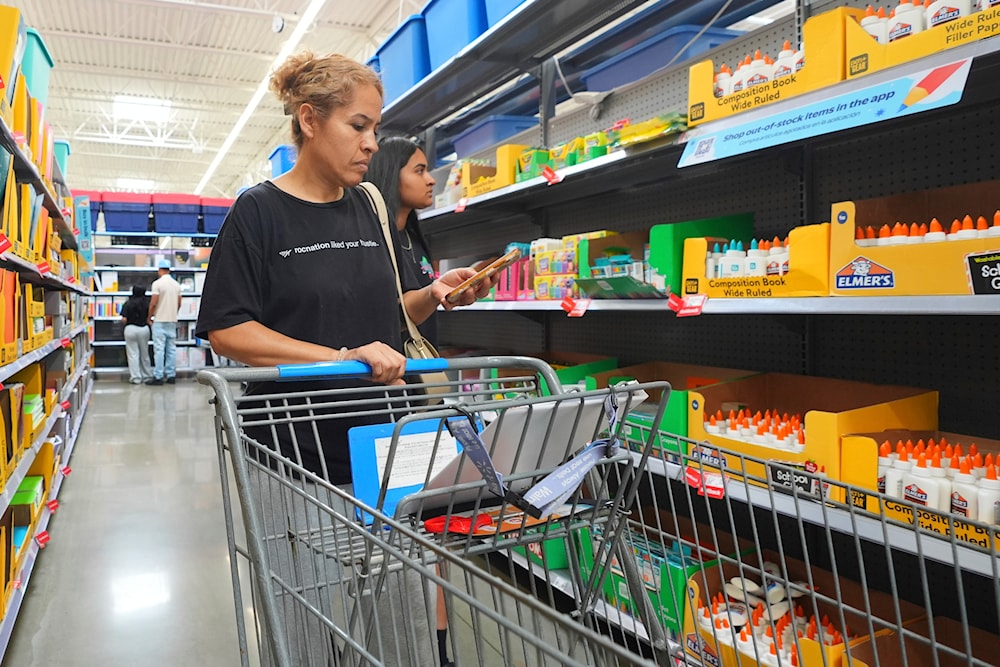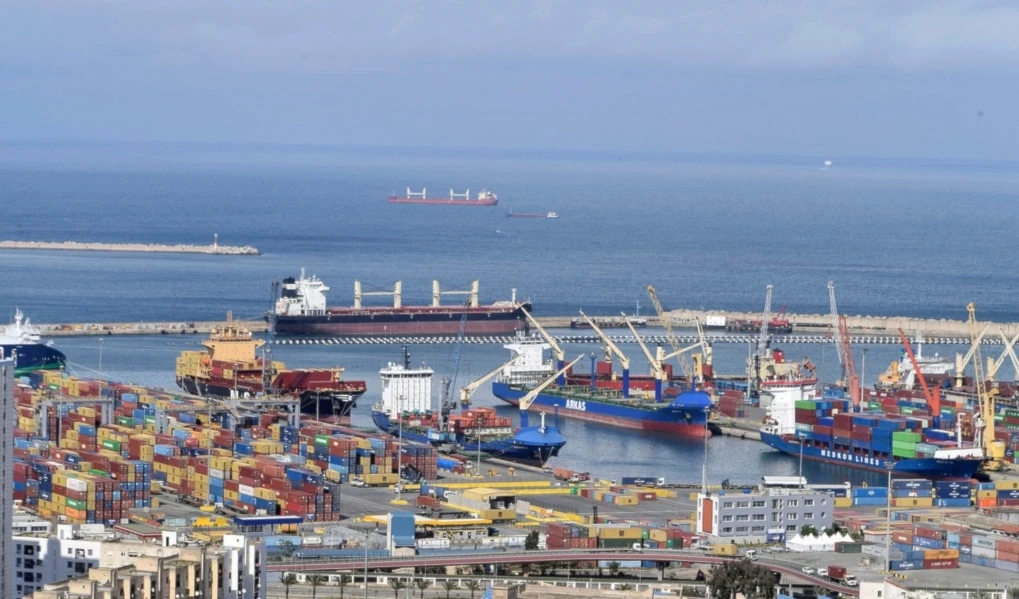US economy shows warning signs of stagflation return, Trump to blame
Economists warn of 1970s-style economic conditions ahead
-

Dora Diaz, left, and her daughter Fernanda Diaz, 14, shops for school supplies at a Walmart in Dallas, Texas, Tuesday, Aug 12, 2025 (AP Photo/LM Otero)
The United States economy is displaying concerning signals that economists haven't witnessed since the turbulent 1970s. Current economic data reveals a potentially dangerous combination of slowing job growth alongside rising consumer prices, a phenomenon known as stagflation that experts describe as potentially more damaging than a traditional recession.
Unlike a standard economic downturn, stagflation presents the dual challenge of reduced business activity and employment opportunities while costs continue to increase for everyday consumers. This toxic mix creates particular difficulties for policymakers attempting to stabilize the economy through conventional monetary tools.
The last significant bout of stagflation occurred during the 1970s oil crisis, when energy price shocks simultaneously drove up inflation while forcing consumers to reduce spending, leading to higher unemployment rates. Today's economic landscape shows troubling similarities to that era's conditions.
Recent Federal Reserve data initially suggested the economy was weathering policy changes well. However, deeper analysis of employment statistics revealed a different story, with job creation figures for late spring and early summer being revised downward by a substantial 258,000 positions.
Policy impacts creating perfect storm
Economic analysts cited by The Guardian identify two specific Trump administration policies as primary drivers pushing the economy toward stagflation conditions. The first driver is immigration restrictions, which have significantly reduced the available workforce while simultaneously increasing hiring costs for employers across multiple sectors.
The second driver is tariff implementations, which are beginning to show measurable effects on consumer prices as businesses pass increased import costs directly to customers. Brett House, an economist at Columbia Business School, told The Guardian that policy expectations have been "turned around by the set of policies and their erratic implementation."
House explained that growth forecasts have been "cut substantially" while inflation projections have been "pushed up," the exact recipe for stagflation conditions.
Federal Reserve's limited options
The situation presents unique challenges for Federal Reserve policymakers, who traditionally rely on interest rate adjustments to balance unemployment and inflation concerns. However, stagflation severely limits these conventional tools' effectiveness.
Federal Reserve Chair Jerome Powell acknowledged these "shifting balance of risks" during his Jackson Hole symposium speech, noting that the labor market shows "a curious kind of balance that results from a marked slowing in both the supply of and demand for workers." Powell also highlighted how "higher tariffs have begun to push up prices in some categories of goods."
During typical recessions, the Fed can stimulate economic activity by lowering interest rates, as occurred during the 2020 pandemic response. However, stagflation's dual pressures make such interventions potentially counterproductive, as stimulating growth could accelerate inflation.
Consumer impact, future projections
The human cost of potential stagflation extends beyond abstract economic indicators. Sebnem Kalemli-Ozcan, an economist at Brown University, warned The Guardian about the scenario's severity: "If [stagflation] happens, it's a very depressive situation because people are going to lose their jobs, unemployment is going to increase, and people who are looking for jobs are going to have a very hard time finding jobs."
Goldman Sachs analysis suggests American consumers have already absorbed approximately 22% of tariff costs, with potential exposure reaching 67% if current policies continue. The Yale Budget Lab projects that ongoing tariff policies could push at least 650,000 additional Americans into poverty through what they characterize as an "indirect tax" effect.
Administration response
Despite mounting economic concerns, the Trump administration maintains optimism about future performance. Trump recently stated, "The real numbers that I'm talking about are going to be whatever it is, but will be in a year from now. You're going to see job numbers like our country has never seen."
The administration has also questioned the accuracy of current economic data, suggesting recent figures have been manipulated to present unfavorable conditions.
Financial markets continue displaying mixed signals, with stock indices reaching record levels despite underlying economic uncertainties. Investors are anticipating Federal Reserve interest rate cuts, though the timing and effectiveness of such measures remain unclear given stagflation risks.

 4 Min Read
4 Min Read










